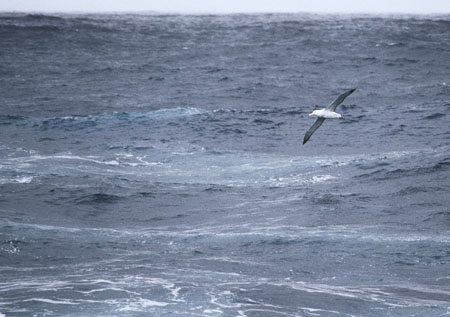Birds are timid creatures and must be approached slowly and quietly. The most common methods used are concealment within natural cover, such as bushes and trees, or the use of a purpose made hide. Both techniques are described in Getting Close to Wildlife in the more general Wildlife section. Remotely controlled cameras can sometimes be used when a bird's location can be accurately predicted - such as when it visits its nest or a regularly used perch. However, cameras concealed in remotely controlled vehicles may prove unsettling or cause birds to fly away.
 In some cases it is relatively easy for a bird photographer to work from a car - effectively a mobile hide. After a while birds tend to accept the presence of a vehicle and gradually return to the surrounding area. A photographer can then work quietly from an open window use a bean-bag, a monopod or some form of clamp to steady a long telephoto lens. Gusts of wind and passing traffic can be a problem if they cause the body of the car to move.
In some cases it is relatively easy for a bird photographer to work from a car - effectively a mobile hide. After a while birds tend to accept the presence of a vehicle and gradually return to the surrounding area. A photographer can then work quietly from an open window use a bean-bag, a monopod or some form of clamp to steady a long telephoto lens. Gusts of wind and passing traffic can be a problem if they cause the body of the car to move.
Another effective technique is to bring the birds to the camera. Supplies of water and appropriate are effective lures. Garden birds often adapt to the presence of a human being provided he or she remains quiet and relatively still. Cover any highly reflective surfaces on camera gear and do not make sudden movements. The birds may at first be rather wary but, with patience, they are likely to approach closer and closer.
The wandering albatross in the image opposite was photographed from the heaving back deck of a small ship en route across the Drake Passage from Cape Horn to Antarctica.






